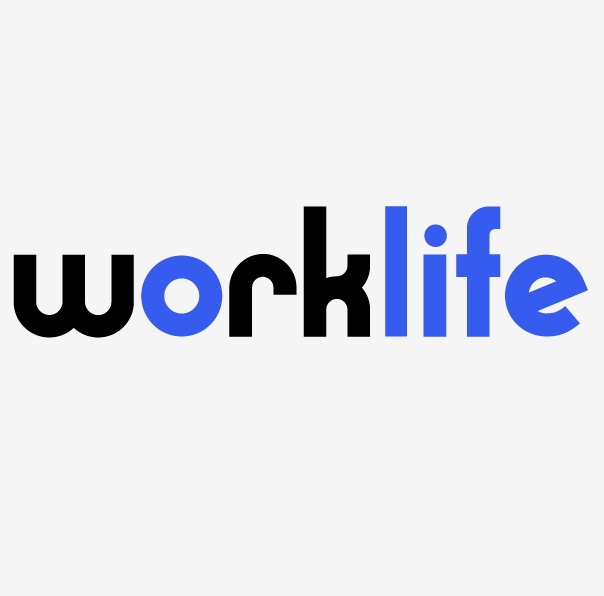We know it’s dull, but someone has to tell you this stuff and it might as well be us.
As of September 18, 2017, employers must use the new Form I-9 for all new hires and reverifications. The new form was published by the Department of Homeland Security on July 17, 2017 and can be accessed at the U.S. Citizenship and Immigration Services website, https://www.uscis.gov/i-9. The expiration date on the top right corner of the new form is still August 31, 2019, as it was on the old form, but you will see the new publication date of July 17, 2017 in the lower left corner. Yawn. But what are the differences between the new and old forms? We dare you to find them. Only the most astute I-9 connoisseur will even have a shot. Spoiler Alert: if you want to try, do not read below.
All of the fascinating changes are to the List C documents that establish employment authorization. Specifically the new I-9 has added the well-known Consular Report of Birth Abroad aka/Form FS-240 to the list of acceptable items. The second exciting change is that the new form has also combined the 3 different types of Certifications of Report of Birth issued by the State Department into one category. Nice, right? And finally, it does seem that DHS employees had nothing fun to do this summer so they have renumbered all the List C documents except for one. Want to guess? Ok, it’s the Social Security Card, still at number 1 after all these years….as it should be.
The fun does not stop there. If you file EEO-1 reports, you do need to know the important changes to that document. This year, the EEO-1 is not due on September 30. Although the data must be collected and reported for 2017, the new report is not due until March 31, 2018 and must include information through December 31, 2017. The new form of report will continue to require employers to report the gender, race and ethnicity of its workforce in each of the 10 job categories that have been in effect. The change is that the 2017 report requires employers to include a summary of compensation data for each of those job categories, also broken down by gender, race and ethnicity.
According to the EEOC, it seeks this wage data because it contends that discrimination plays a role in explaining the pay gaps nationwide for women and especially for African American, Hispanic or Latina women. The way it will work is that the employer can choose any single pay period within the 3 month workforce snapshot period, which is October 1 through December 31, 2017. There are 12 pay bands ranging from “$19,239 and under” to “$208,000 and higher” for each of the 10 EEO-1 Job Categories, broken down by gender, race and ethnicity. Employers must identify the number of employees in each band based on the 2017 wages reported in the IRS Form W-2, Box 1 for every full and part-time employee. Enormous fun.
In case gathering that information is not tedious enough, the new EEO-1 also requires employers to report the total number of hours worked in 2017 by all employees accounted for in each of the pay bands. Mercifully the government will allow employers to count Exempt employees as working 40 hours a week.
If you have any questions about these scintillating topics, please let us know. Next week, back to sex, drugs and rock and roll!!









